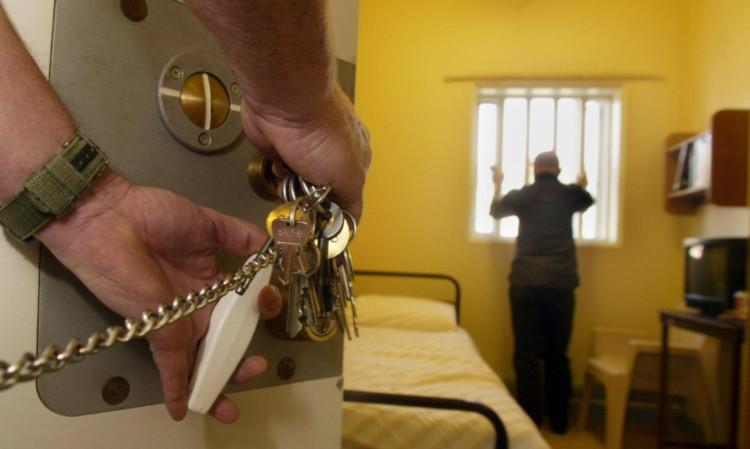
Hundreds of mentally ill children have been locked up alongside criminals in police cells because of hospital bed shortages.
Official figures obtained by The Sunday Post reveal that more than 260 kids sectioned under the mental health act were held in custody last year because there is nowhere else for them to go.
In one case an 11-year-old was kept in a cell, despite having committed no crime.
And our investigation has discovered mentally ill people are at the mercy of a postcode lottery which determines whether they are taken to specialist facilities after being sectioned.
Last night children’s mental health campaigners blasted the practice, saying it had a “devastating effect” on young people. Sarah Brennan chief executive of YoungMinds, said: “I think this is really shocking.
“For children and young people this is a terrible situation and they definitely should never be kept in police cells as an alternative. They need to have appropriate care in the appropriate setting.”
The latest statistics, provided by the Health and Social Care Information Centre (HSCIC) revealed that an estimated 7,761 people with psychiatric problems had been detained in police stations in 2012/13. Of those, 263 were under 18. Our investigation found that whether people with mental health issues are taken into custody or psychiatric hospitals depended where they were in the country.
A spokesman for the HSCIC said it was unable to provide a breakdown of how many children were taken into custody in each police force area. But its research shows that in North Yorkshire Police area 411 people who were sectioned including under 18s were locked up in cells. That compares to just ten in Lancashire, 41 in Durham, 67 in Northumbria and 75 in Cumbria.
Margaret Edwards, director of strategy and communications for mental health charity SANE, said the shortage of proper facilities must be addressed immediately. She said: “There should be no question of mentally ill children and young people being held in police cells because no hospital bed or other safe accommodation can be found for them.
“But the fact that this happens reflects the acute crisis in psychiatric beds, for both young people and adults. At times no such beds are available anywhere in the country and detention in a police cell as a ‘place of safety’ is the only option for responding to a person undergoing psychiatric crisis. This is an unacceptable erosion of the rights of mentally ill people to dignity and treatment in a therapeutic environment.”
A Department of Health spokesman said it was working with the Home Office, NHS England, the Association of Chief Police Officers and the Royal College of Psychiatrists to improve mental health care. They are drawing up an agreement, known as the
Mental Health Crisis Care Concordat, to make sure mental health patients of all ages get “the most safe and appropriate” care.
Norman Lamb, the Government’s Care and Support Minister, said: “It is essential that people in mental health crisis get quick, safe and dignified care in the right environment. It is unacceptable that in some cases, young people have been taken to police stations rather than a health setting under the Mental Health Act.
“This is why we will shortly set out a shared agreement with over 20 other organisations which sets out the best practice that needs to be in place to ensure people get the safest and appropriate care.
“Improving mental health for all is our priority. We recently launched a Mental Health Action Plan, ‘Closing the Gap’, which sets out what more needs to be done to improve care faster.”

Enjoy the convenience of having The Sunday Post delivered as a digital ePaper straight to your smartphone, tablet or computer.
Subscribe for only £5.49 a month and enjoy all the benefits of the printed paper as a digital replica.
Subscribe